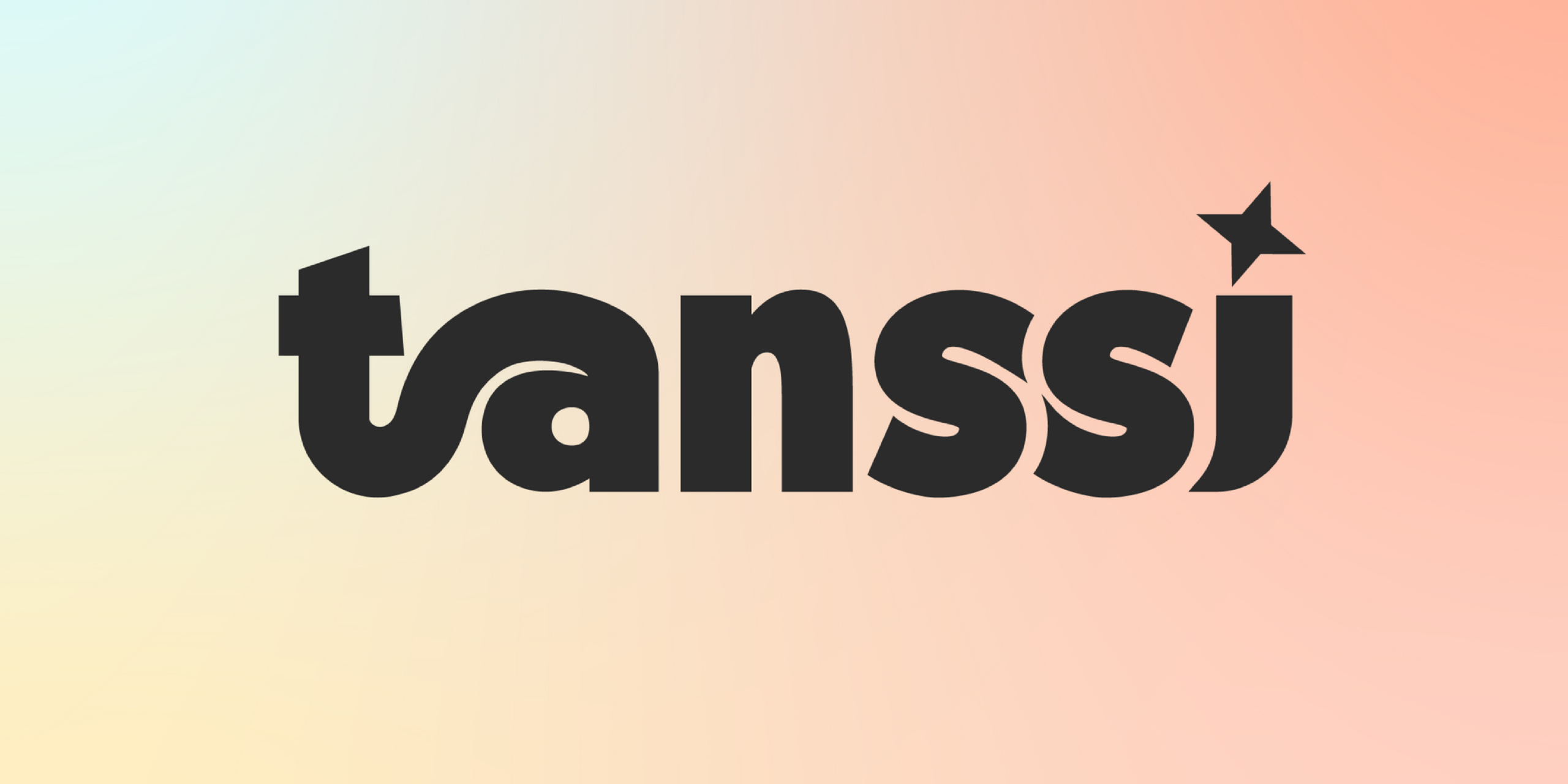Introduction
Layer 2 (L2) solutions are increasingly crucial for enhancing scalability and efficiency in the rapidly evolving blockchain landscape. Tokamak Network has positioned itself as a pivotal player by providing a platform for deploying customized L2 networks tailored to diverse application needs. This review delves into the various facets of the Tokamak Network, assessing its innovation, architecture, code quality, product roadmap, usability, team composition, and overall potential within the blockchain sector.
Innovation
Tokamak Network distinguishes itself by enabling the deployment of multiple, specialized L2 solutions rather than focusing on a singular L2 architecture. This flexibility allows users to create networks perfectly aligned with their specific use cases. Additionally, its integration of both Optimism and ZK-SNARKS technologies underlines a commitment to embracing cutting-edge cryptographic techniques to enhance transaction efficiency and privacy.
Architecture
The core architecture of the Tokamak Network comprises several components:
- Customized L2 Networks: Supports the creation of varied L2 solutions, enhancing the adaptability to different blockchain applications.
- Cross-Layer Message Protocol: Facilitates communication across layers without depending on the base Ethereum layer, significantly reducing latency and improving efficiency.
- Tokamak Bridge and Titan: These elements ensure smooth interoperability with the Ethereum mainnet, offering reduced transaction fees and faster processing speeds.
Code Quality
Tokamak’s technical sophistication is evident from its robust and scalable codebase. Implementing advanced L2 solutions such as Tokamak OP and Tokamak ZK+ demonstrates a high standard of coding practices, focused on optimizing transaction throughput while ensuring security and privacy.
Product Roadmap
Looking ahead, Tokamak Network plans to expand its ecosystem by further integrating decentralized applications (dApps), enhancing its staking mechanisms, and continuously evolving its governance model. The roadmap is aligned with the network’s vision to extend its technological base and cultivate a vibrant community of developers and users.
Usability
The network enhances user experience through tools like the Tokamak Bridge, which offers a user-friendly interface for asset transfers and swaps between Ethereum and Titan. The intuitive design and incorporation of a rewarding system make it accessible even to those new to cryptocurrency transactions.
Tokamak Network Team
The development team behind Tokamak Network is extensive and comprises individuals with deep expertise in blockchain technology, cryptography, and software development. Their collective experience strongly indicates the network’s capability to meet its technological aspirations and operational goals.
Conclusion
Tokamak Network emerges as a formidable entity in the blockchain space with its innovative approach to L2 solutions, emphasizing customization, efficiency, and user-centric features. At the same time, it faces stiff competition from other L2 technologies; its unique blend of flexibility, robust architecture, and a precise, forward-thinking roadmap positions it well for future growth and adoption. As blockchain technology matures, Tokamak Network’s contributions to scaling and interoperability may be pivotal in shaping the future of decentralized applications.
| Initial Screening | |||
| Keep researching | |||
| Does this project need to use blockchain technology? | Yes | ||
| Can this project be realized? | Yes | ||
| Is there a viable use case for this project? | Yes | ||
| Is the project protected from commonly known attacks? | Yes | ||
| Are there no careless errors in the whitepaper? | Yes | ||
| Project Technology Score | |||
| Description | Scorecard | ||
| Innovation (Out Of 11) | 9 | ||
| How have similar projects performed? | Good | 2 | |
| Are there too many innovations? | Regular | 2 | |
| Percentage of crypto users that will use the project? | 6 – 10% | 3 | |
| Is the project unique? | Yes | 2 | |
| Architecture (Out of 12) | 11 | ||
| Overall feeling after reading whitepaper? | Good | 2 | |
| Resistance to possible attacks? | Good | 2 | |
| Complexity of the architecture? | Not Too Complex | 2 | |
| Time taken to understand the architecture? | 20 – 50 min | 1 | |
| Overall feeling about the architecture after deeper research? | Good | 4 | |
| Has the project been hacked ? | No | 0 | |
| Code Quality (out of 15) | 15 | ||
| Is the project open source? | Yes | 2 | |
| Does the project use good code like C,C++, Rust, Erlang, Ruby, etc? | Yes | 2 | |
| Could the project use better programming languages? | No | 0 | |
| Github number of lines? | More than 10K | 1 | |
| Github commits per month? | More than 10 | 2 | |
| What is the quality of the code? | Good | 2 | |
| How well is the code commented? | Outstanding | 2 | |
| Overall quality of the test coverage? | Outstanding | 2 | |
| Overall quality of the maintainability index? | Outstanding | 2 | |
| When Mainnet (out of 5) | 5 | ||
| When does the mainnet come out? | Mainnet Ready | 5 | |
| Usability for Infrastructure Projects (out of 5) | 5 | ||
| Is it easy to use for the end customer? | Yes | 5 | |
| Team (out of 7) | 4 | ||
| Number of active developers? | Less than 3 | 0 | |
| Developers average Git Background? | Intermediate | 1 | |
| Developers coding style? | Outstanding | 3 | |
| Total Score (out of 55) | 49 | ||
| Percentage Score | |||
| Innovation | 16.36% | ||
| Architecture | 20.00% | ||
| Code Quality | 27.27% | ||
| Mainnet | 9.09% | ||
| Usability | 9.09% | ||
| Team | 7.27% | ||
| Total | 89.09% |





